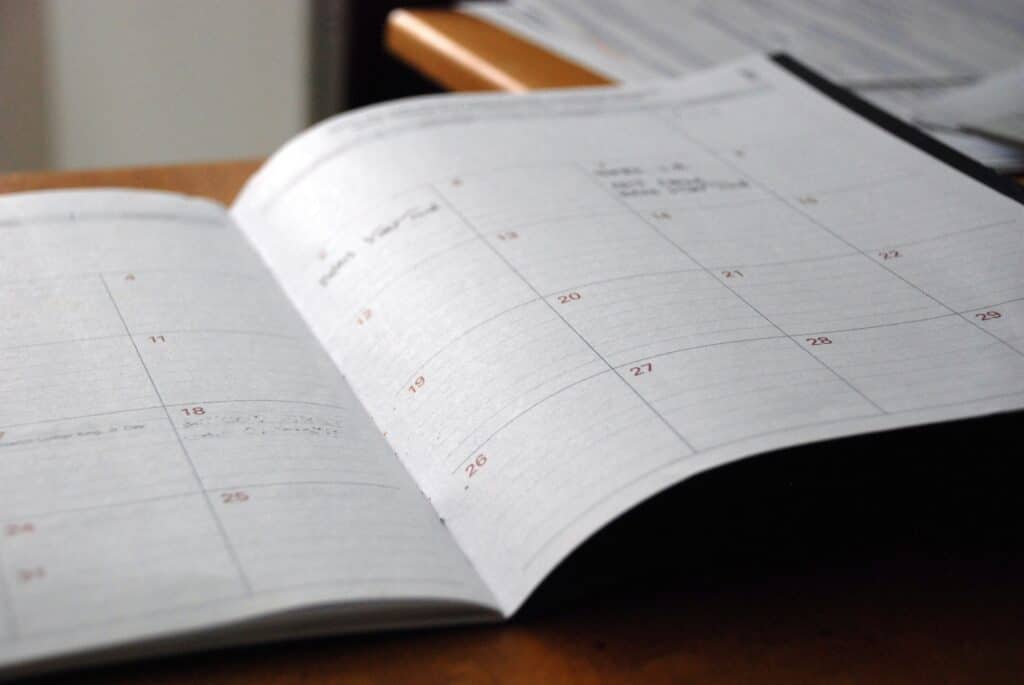Everyone strives to achieve productivity, but many people can perform their best only in a specific time frame. Some are early birds, while others are night owls. Some might be able to work for hours without taking breaks, while others need several to perform their best. Everyone is different, and identifying the peak productivity hours of your staff is important.
In this guide, we’ll explore exactly how you can identify productive hours for your team. We’ll cover how you can do so with a productivity app you’re likely using already: time tracking software.
What are peak productivity hours?
Peak productivity hours represent the timeframe in which a person performs their best. During these hours, your employees will be focused and prepared to perform well. Productive hours can vary greatly for different people. We used the example of night owls and early birds in the introduction. These represent people who are productive either in the evening or the morning. According to a Moneypenny survey, however, most people hit their productivity peak at 10:54 in the morning—at least in america.
The benefits of working during peak productive time
Let’s explore the benefits of these productive hours now, starting with an obvious one: increased performance.
Increased performance
As you might imagine, peak productivity will easily lead to peak performance. This is one of the biggest—and most obvious benefits of working during peak productivity periods. As a result, your employees will be able to complete tasks in less time and even produce higher-quality work. The growth of your business relies on both of these factors quite heavily.
Enhanced work-life balance
Ensuring that your team members work when they’re most productive can enhance their work-life balance. The key thing here is letting them not work in their off-peak hours. Doing so will give your staff more time to take care of their personal responsibilities. They will be able to spend time with family, do chores at home, take care of their health, and more. All these are crucial for a healthy work-life balance—as well as for high professional engagement rates.
Improved professional engagement
A healthy work-life balance will improve your team’s engagement rates. Professional engagement measures how committed an employee is to their work. Being dedicated is key to producing high-quality work, which will then help your business stand out from the competition. Moreover, low engagement rates will lead to low retention—your staff will start looking for new jobs. As you might imagine, this is less than ideal for your company.

Identifying peak productivity hours with a time tracker
Having covered the benefits of working during peak productivity hours, you might be wondering how to identify these periods. There are lots of ways to do this—such as with time tracking software.
Track productivity at different times of the day
The first step to identifying when your staff are most productive is by tracking their productivity. Doing so will involve tracking several data points, including activity levels and task progress. You can do this with most high-quality time trackers, like WebWork. Such apps can display your team’s productivity data in a variety of reports, making it easy to find the info you’re looking for.
After tracking for a little while, you will start detecting patterns. Besides the usual data, you’ll also see how much your team’s performance varies in different conditions. For example, productivity is likely to peak in the middle of the week. At this point, your team has gotten back in the flow of work after the weekend—but hasn’t had enough time to get tired yet.
This step gets us the majority of the way to where we want to be. But, there are a couple more things you need to start taking advantage of peak productivity periods.
Verify productivity with additional data
Verifying your data is always a good idea. It will help you get the most from your employees in more than one way. For determining when your team’s productivity hits its peak, accurate data can help you get more granular estimates. After all, staff productivity won’t dive off a cliff at some point in the day. It will decrease gradually, eventually going below a set threshold.
Experiment with different schedules
After identifying productivity peaks and verifying their accuracy, you can start experimenting. At first, you might want to shift your working times a bit. For example, if the majority of your employees are most productive in the evening, start work days a bit later. After this, you can slowly integrate flexible working schedules into your company. These arrangements can help your team perform their best with a higher degree of flexibility and an enhanced work-life balance.
Dealing with varying peak productivity hours for different people
In a perfect world, everyone in your team would be productive at the same time. Unfortunately, we don’t live in one—meaning you’ll have to deal with varying peak productivity hours at your company. There are a few ways of doing this, which we’ll explore now.
Offer flexible working hours
While some people are most productive in the evening or the morning, others may be productive during both periods. The only catch is that they might be less productive in the middle of the day. To let such employees perform their best, they’ll need a higher degree of flexibility. This way, they can start working early and complete the first half of their daily work in the morning. The second half, on the other hand, will be left for the evening.
Use time management techniques
Using time management techniques, you can help your team get closer to their top performance—even outside of their peak productivity hours. You can experiment with strategies like time blocking, which allow you to plan your team’s days ahead of time.
When using such techniques, it is important that you experiment with them for a while. Continually evaluate how effective they’re being for your team, and try out new things if they’re counterproductive.
Concluding thoughts
Maintaining high productivity for extended periods is unfortunately not possible. But, by using your team’s time strategically, you can still get the most from them. Certain people perform their best early in the morning, while others are more alert in the evening. Whichever is true for your employees, ensuring they work during their peak productivity hours can help them excel.

